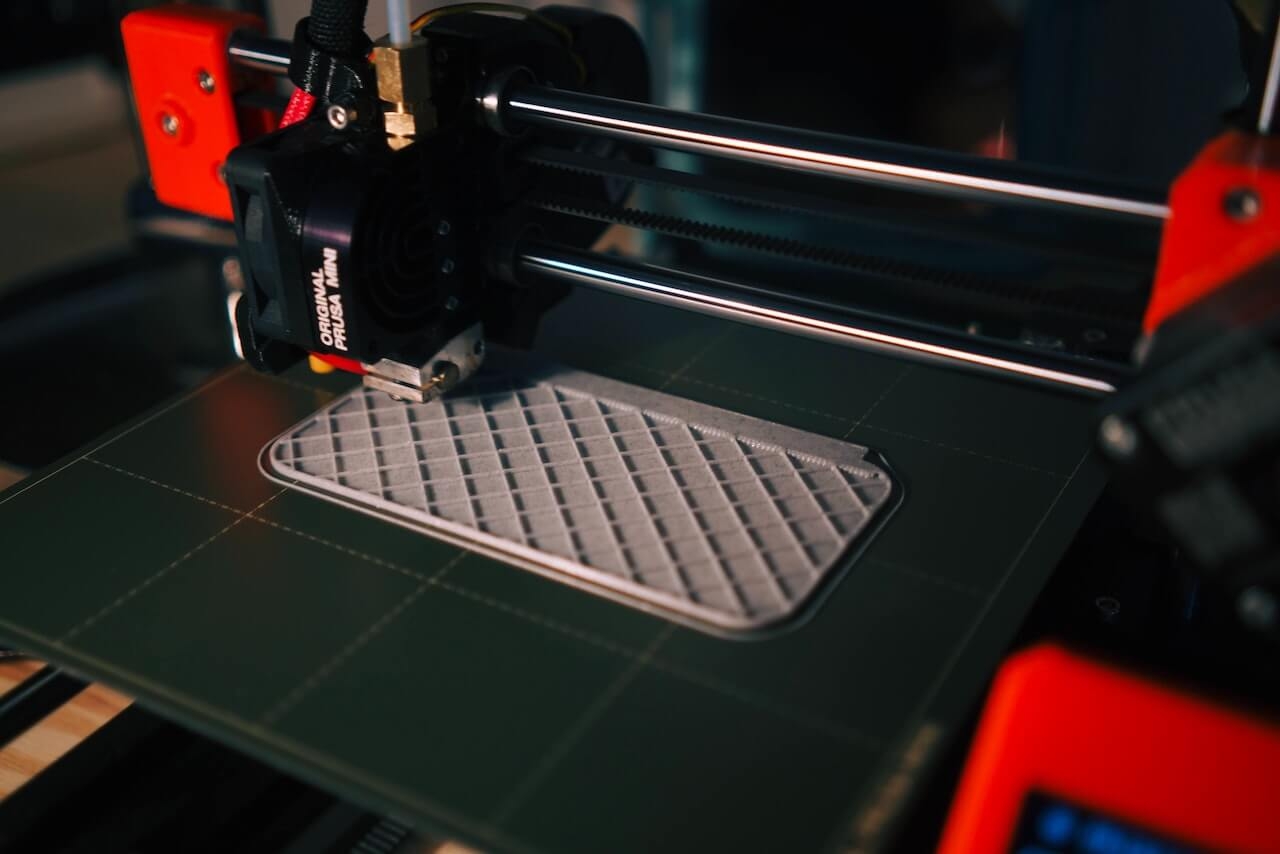Building my own 3D printer

I have always been fascinated by the concept of creating something out of “nothing”. That is one of the reasons that led me to become a developer in the first place.. I remember seeing the first 3D printer that opened the positibilities of owning one (remember the Darwin RepRap printer?) and I wanted one since then. It wasn’t until the lockdown that I decided to get one. So back in 2021 I got an Ender 3 Pro as many do for their first printer. The printer was much better than I expected. I lost myself reading hours and hours per day about printable materials and their properties, looking into FDM 3D design (even learned a few CAD programs at the time) but most of all I got fascinated by the parts and mechanics that made 3D printing possible.
Again as per usual I pimped up my Ender 3 Pro with every available upgrade I could find online leading to a machine that had nothing to do with what I originally bought but also to amazing print quality from such a humble printer. At the end I was able to print most hobby friendly materials, consistently print with great results and at 2-5 times better speeds. I knew I had to keep going but there wasn’t much left (within reason) to do to this platform so I had to move on to a better platform.
I then started reading about DIY printers as they were pushing the limits of the industry at the time, as most hobby friendly commercial printers were just copying each other and seemed to have peaked way below what I had already achieved on my Ender 3. I considered many DIY communities and printers but after watching a very well directed video from a user I decided to start building a Voron.
The community, documentation, thought that went into it (overengineering at times) but also the fact that you could not buy either a finished product or even a kit and the fact that many described its build as challenging at times, made me want to go down that road. I started sourcing the parts following the published sourcing guide, but obviously due to the lockdown many parts were unavailable or needed months to arrive. I armed myself with patience and began researching. I ended up placing between 130 and 150 orders for distinct parts to Aliexpress mainly, and a handful to European stores for things that needed to be topnotch like the cast aluminum buildplate for example. I had to get aluminum extrusions, motors, screws, cables, connectors, tnuts, power supplies, heaters, a hotend, thermistors, electronic boards etc etc, you get the picture.
After 3 or so months I had everything I needed so I started the assembly. It was my first build so many things were totally new to me - like drilling and tapping aluminum extrusions or wiring AC and DC on the same system - so i took my time to do everything right and enjoy the ride. It took me about a week to complete it (2-4 hours per day) and although I hit a couple snugs, it was as enjoyable as building an advanced Lego set for me. I learned a lot and was so proud when it started moving and even prouder when it started printing and quite well from the get go if I may add.
I have since upgraded my build multiple times, keeping up with the community but also spent quite some time optimizing the firmware (Klipper) and fine tuning my printing profiles in SuperSlicer.
I think it is a great hobby for anyone that likes to build high tech stuff, likes to learn new things constantly in a multitude of domains like plastics, mechanics, physics, electronics, software to mention a few. As a sideeffect, you have a very capable machine that can fabricate anything you can think of and design in a matter of minutes or hours.
I might post more specific things about my build and its software in the future, but I just wanted to encourage anyone thinking about going into this hobby to do so.
If you want a ready made printer then I would suggesting looking into Ender 3 and clones for a budget solution (they are great to start tinkering), Prusa i3 MKS3S or mini (great work horse) or the more new but very promising Bamboolabs X1 Carbon that incorporates many of the improvements contributed by the DIY communities into a commercial product that is reasonably priced.
Some interesting links to visit:
DIY printers
- https://vorondesign.com/
- https://github.com/Annex-Engineering
- https://github.com/VzBoT3D/VzBoT-Vz330
- https://github.com/superjamie/lazyweb/wiki/3D-Printing-HyperCube
- https://ratrig.com
3D model sites
- https://www.thingiverse.com/
- https://www.printables.com/
- https://cults3d.com/en
- https://www.myminifactory.com/
Great Youtube channels
- https://www.youtube.com/@TeachingTech
- https://www.youtube.com/@FilamentFriday
- https://www.youtube.com/@Tombof3DPrintedHorrors
- https://www.youtube.com/@MadeWithLayers
- https://www.youtube.com/@TheEdgeofTech
- https://www.youtube.com/@make.anything
- https://www.youtube.com/@MakersMuse
- https://www.youtube.com/@CNCKitchen
- https://www.youtube.com/@3DPrintingNerd
- https://www.youtube.com/@MihaiDesigns
- https://www.youtube.com/@properprinting
- https://www.youtube.com/@Vez3D
- https://www.youtube.com/@VisionMiner
Subscribe to masimplo.com
Get the latest posts delivered right to your inbox

